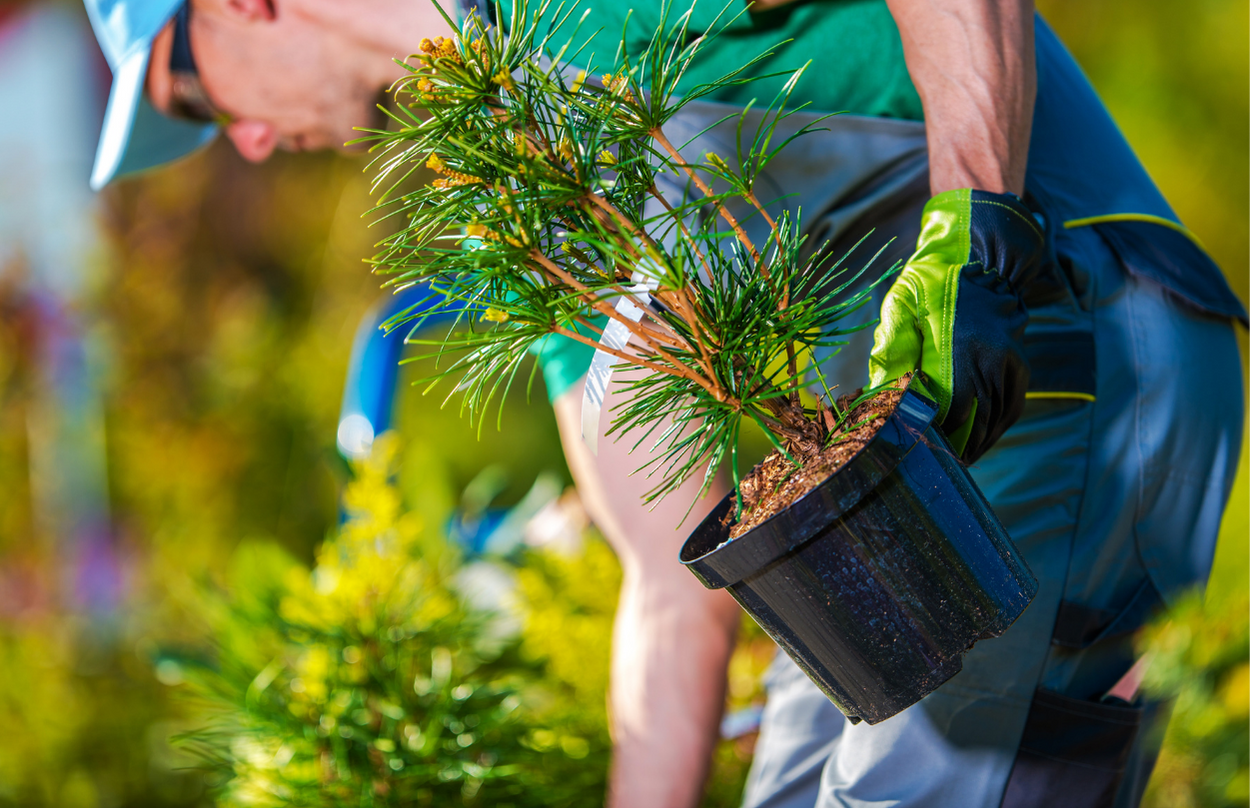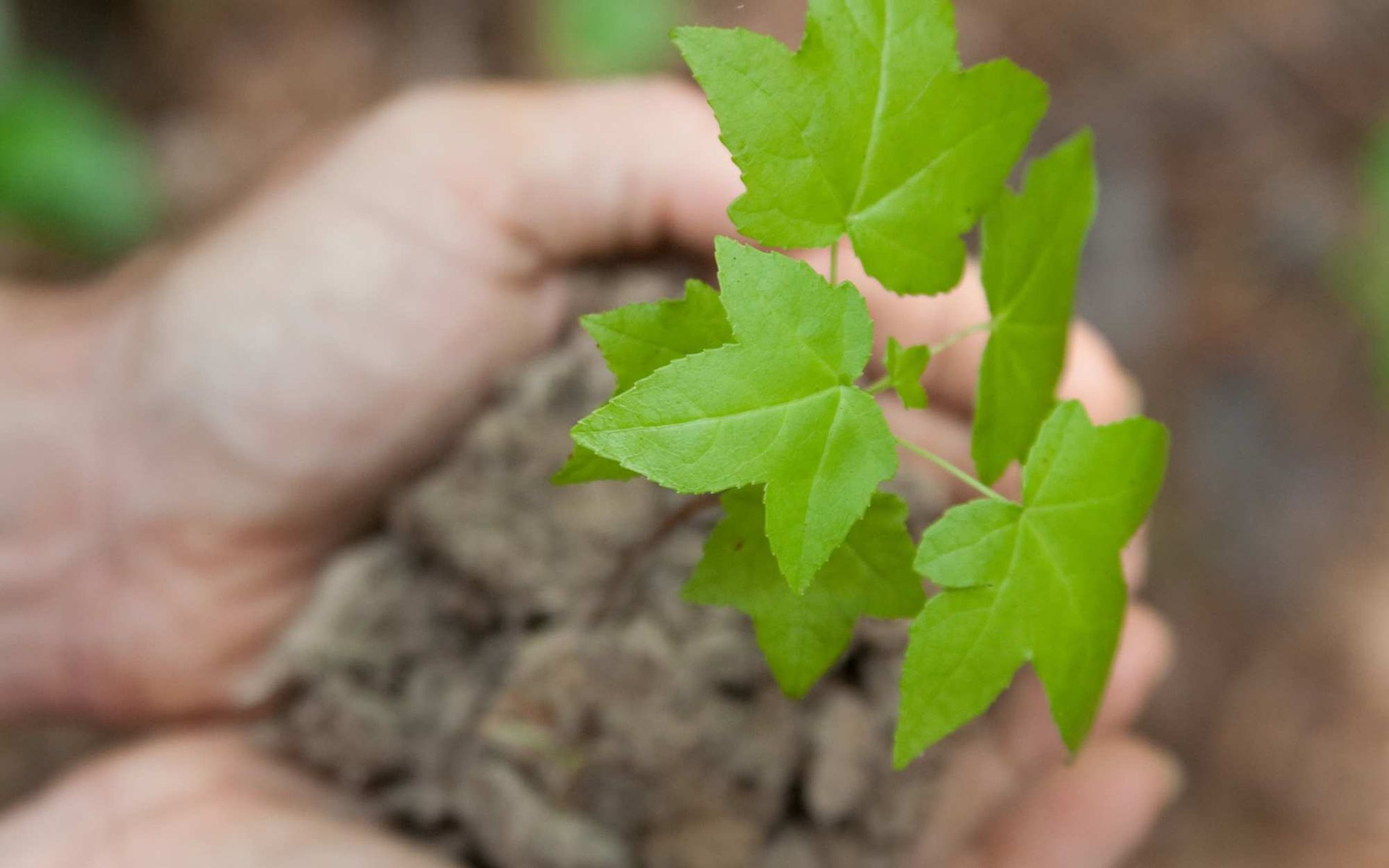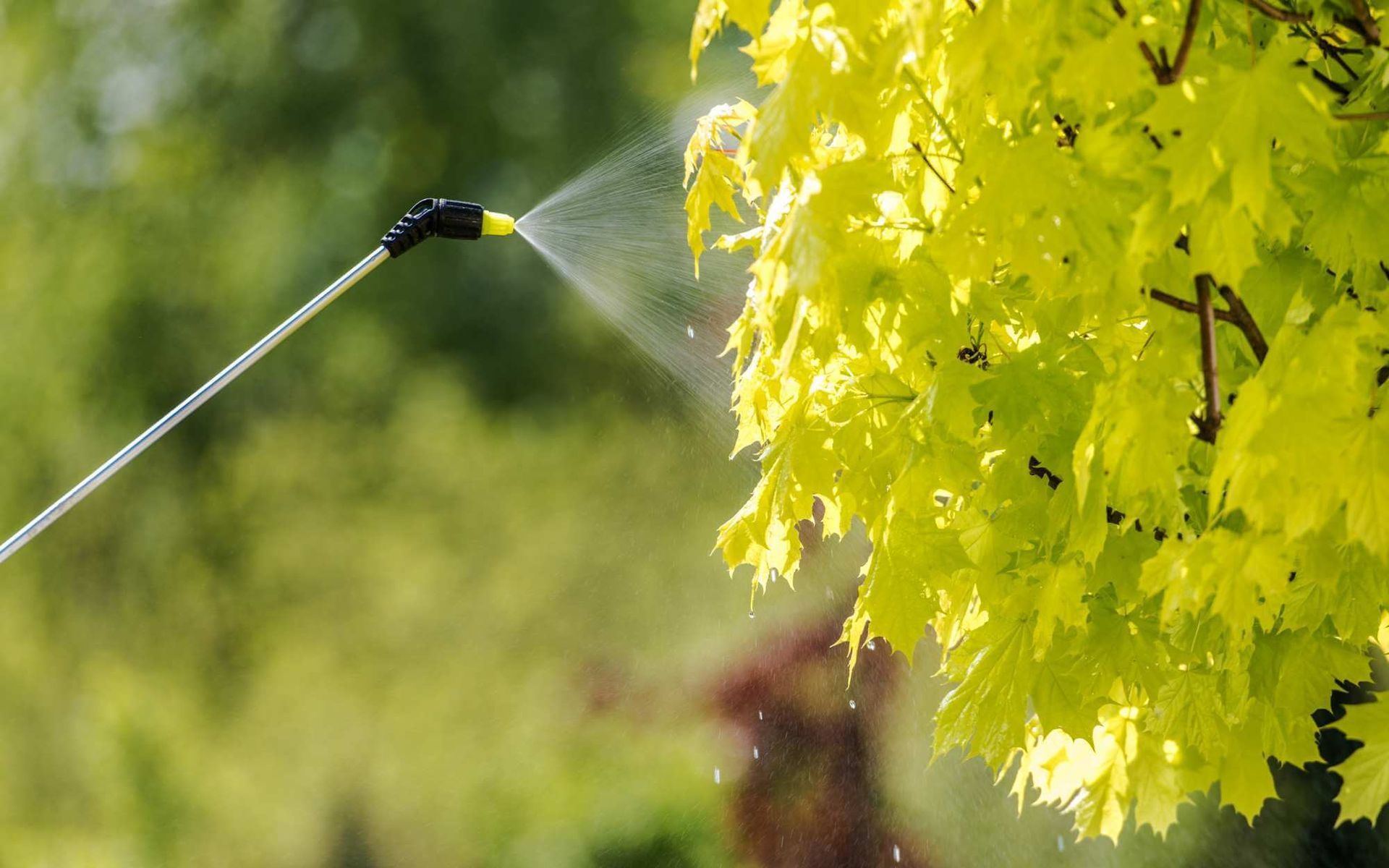Your Guide to Greenery: Proper Tree Planting Steps
PUBLISHED ON
SHARE THIS ARTICLE

In our rapidly urbanizing world, the act of planting a tree has never been more significant.
The green giants that punctuate our landscapes do more than just please the eye; they serve as the very lungs of our planet, absorbing carbon dioxide and releasing oxygen in return. But to reap the full range of environmental and aesthetic benefits that trees offer, it's crucial to plant them correctly.
This guide to planting a tree for beginners will walk you through the
proper tree planting steps. So let's dig in. Remember, each tree we plant is a breath of fresh air for our future.
Step 1: Choosing the right tree

Before you can plant trees, you need to choose the right tree first. An essential consideration is the selection between native and non-native species.
Native trees are generally preferable as they have evolved to thrive in the local conditions and support local habitat, including providing food and shelter for native wildlife.
Non-native planting trees, while sometimes attractive for their unique appearances, may not be as well-suited to the local climate or soil conditions, and have the potential to become invasive, out-competing native flora.
Therefore, it's critical to consult with local horticultural experts or extension services to ensure the tree you select will be both beneficial and non-disruptive to the local ecosystem.
Step 2: Site selection
Assessing sunlight, soil, and space requirements along with proper drainage is vital for tree growth.
Sunlight is essential for photosynthesis, the process through which trees manufacture food. Soil quality determines the availability of nutrients, impacting tree health and growth. Adequate space is needed as trees can grow large, potentially infringing on structures or power lines.
Lastly, proper drainage is crucial to prevent waterlogging. Excessive water can choke roots, limiting oxygen supply and endangering the tree’s health.
Consider these factors and you can create an optimal environment for your tree to flourish.
Step 3: Preparing the proper planting hole
Digging the right size hole is critical to a tree's survival. It offers ample space for roots to spread, anchoring the tree and absorbing nutrients effectively. An overly deep or narrow hole can stifle root growth and hinder stability.
Moreover, amending the soil, especially if it's poor or deficient in nutrients, enhances its fertility. Organic matter or compost can improve soil structure, facilitating root penetration, water retention, and aeration. This process provides the tree with a nutritious start, fostering healthy growth and resilience.
So, dig wisely and amend when necessary, for it lays the foundation for your tree's future success.
Step 4: Planting the tree
Gently remove the tree from its container, preserving the root ball. Position it in the center of the hole, ensuring it stands upright.
The tree's root collar should be level with or slightly above the ground surface. Backfill the hole, gently firming the native soil to eliminate air pockets and secure the tree. After you plant a tree, thoroughly water it to settle the newly disturbed soil. Regular watering, especially in the first few weeks, is essential, but avoid over-watering, which can lead to root rot.
Remember, it's about creating a balance to give your young tree a healthy start and a prosperous life.
Step 5: Post-planting care

Mulching serves a dual purpose of retaining soil moisture and deterring weeds. Apply a 2-3 inch layer around the newly planted trees, leaving a gap near the trunk to prevent rot.
Staking, while not always necessary, provides support for young or unstable trees until plant roots are established.
Pruning helps shape the tree and remove dead or diseased branches, promoting healthier growth. Regular watering, especially in the first few years, is crucial for the development of tree roots. However, avoid excessive watering to prevent root rot.
Periodic monitoring for pests or diseases allows for early detection and treatment, ensuring your tree remains healthy and thrives in its environment.
Follow This Step-by-Step Tree Planting Guide to Grow Strong Trees
Proper tree planting is crucial to maximize the environmental benefits they provide, such as carbon absorption and habitat support. By choosing suitable species, selecting the right site, preparing the ground correctly, and providing post-planting care, we can grow strong, healthy trees.
Let's contribute to a greener environment by planting more trees, each one a valuable step toward a sustainable future. And if you need a green thumb, our
tree planters at Real Tree Trimming and Landscaping, Inc. can help you. All you need to do is call us, and we'll turn your garden into a green sanctuary.
Want a free quote or some friendly advice? Call our team today:






